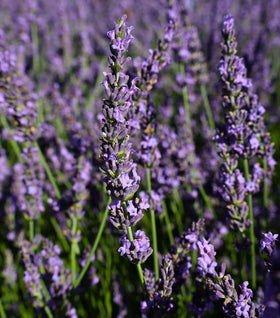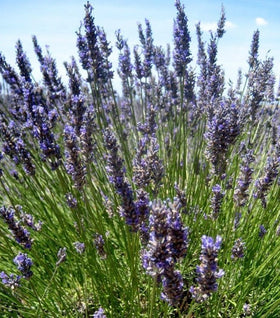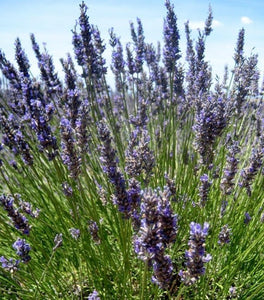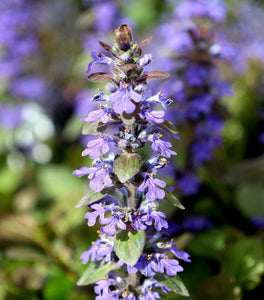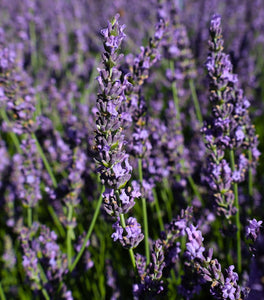Images Depict Mature Plants
Superblue Lavender for Sale Online
Lavender Superblue is a versatile, fragrant evergreen perennial that has many uses beyond the herb garden! Deep purple flowers rise above mounds of gray-green foliage and provide pleasing color to the front of shrub borders or spotted into the rock garden or planted along a sidewalk. Highly effective in mass plantings. Deer and rabbit resistance makes this a viable planting in just about any area of the country.
| Hardiness Zone: | 5-9 |
|---|---|
| Mature Height: | 1 to 1.5 feet |
| Mature Width: | 1 to 1.5 feet |
| Sunlight: | Full sun |
| Water Requirements: | Water well until established |
| Selling Points: | Fragrant foliage, deer resistant, attracts butterflies |
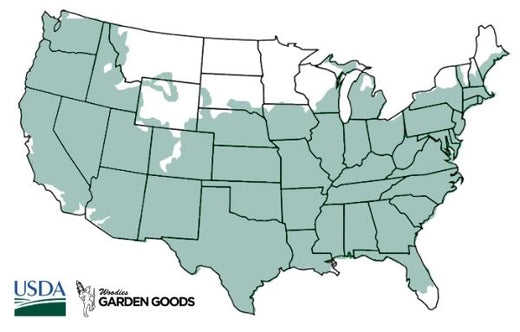
How to Care for Lavender Superblue
Be sure to read our planting instructions to ensure a healthy and happy plant for years to come!

What type of light is best for Lavender Superblue?
Lavender Superblue grows best in full-sun. Although tolerant to dry-conditions, this plant enjoys great air circulation. You’ll be amazed by this plant’s movement, and your plant will be happy too!
How do I fertilize Lavender Superblue?
English Lavender should be fertilized once per year to ensure optimal growth and vibrant hues. We suggest fertilizing Lavender during the fall with 2-1-1 alkalizing plant food.
How often do I water water Lavender Superblue?
We suggest watering your plant one to two times per month throughout the spring to mid-fall growing season. Lavender Superblue enjoys drying out between watering, and rarely needs to be watered during the dormant season. Young plants should be watered moderately, while established plants should receive a deep watering throughout the summer months.

What soil is best for Lavender Superblue?
We recommend that you grow Lavender Superblue in average, dry to medium, well-drained, alkaline soil in full sun. Lavander can be difficult to grow in the far north area, primarily because of winter stresses and high summer humidity. Well-drained soils are required, particularly in winter. Root rot commonly attacks plants grown in poorly drained soils. Lavender prefers a light, sandy soil with somewhat low fertility.











